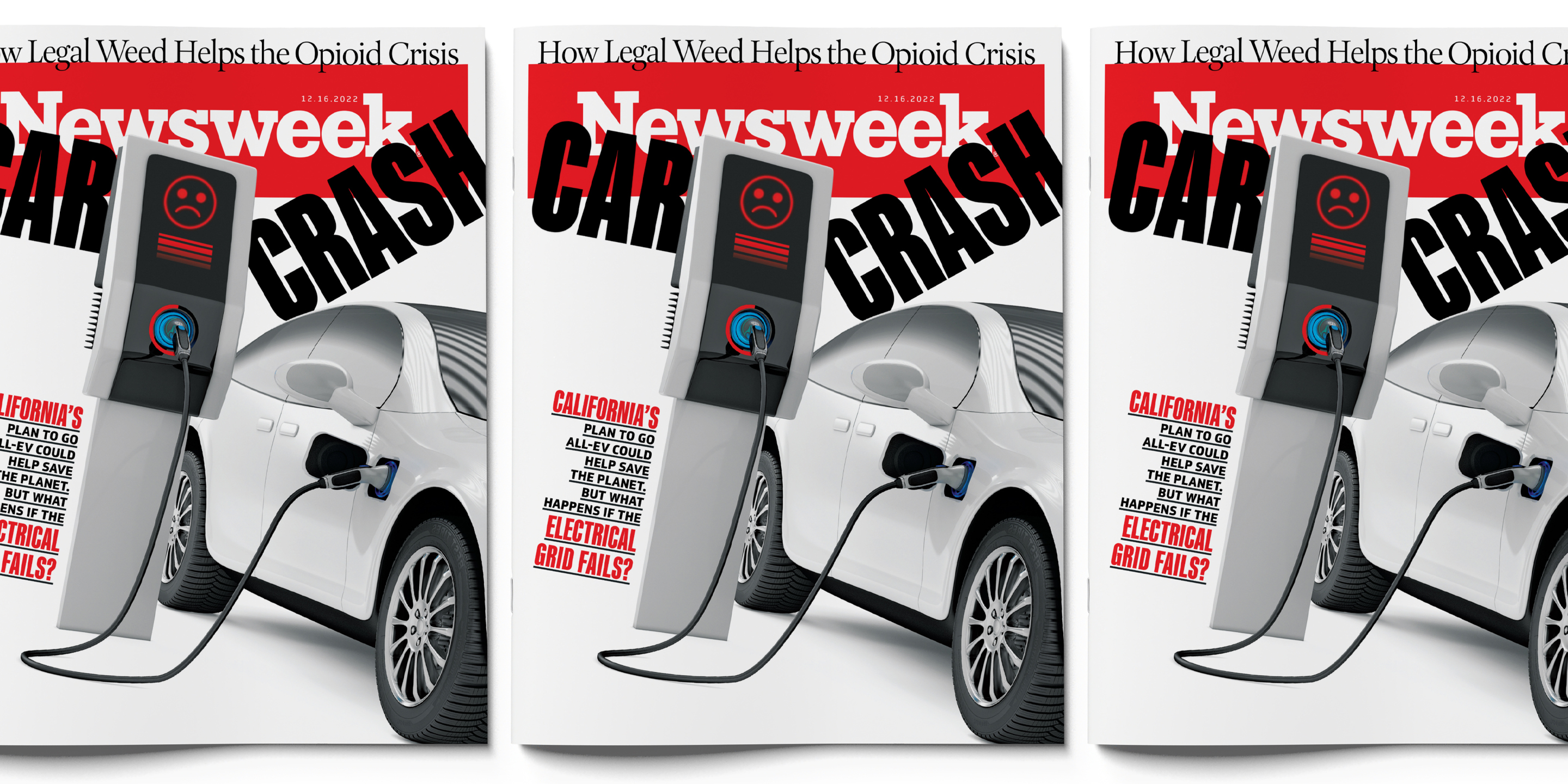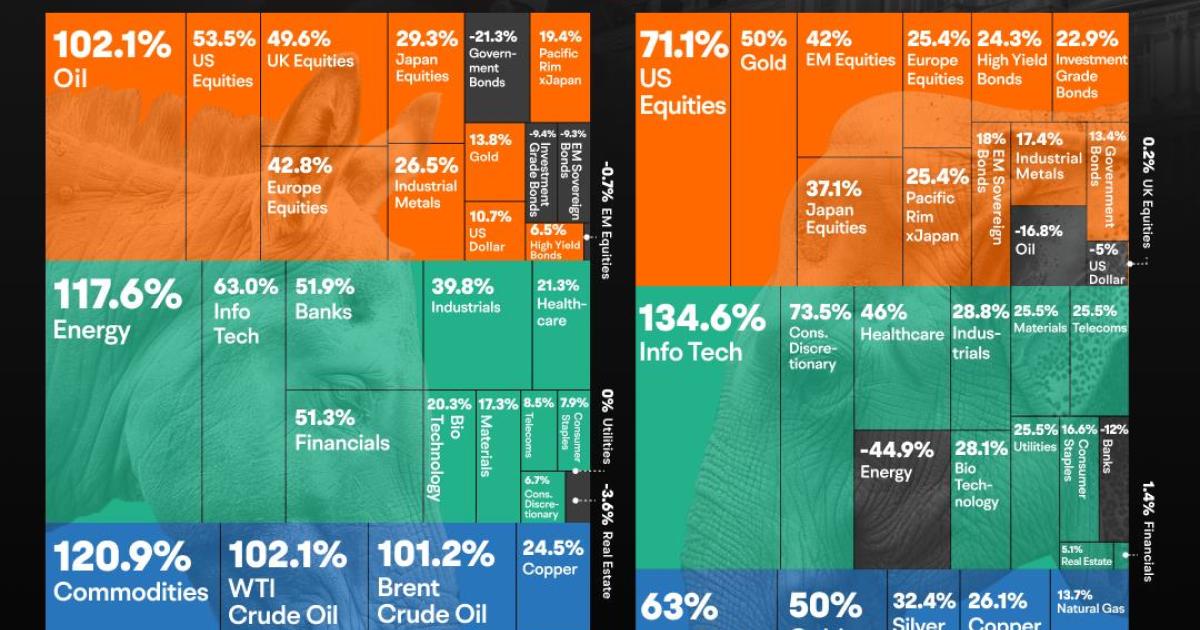Electric Vehicle Mandates Face Renewed Pushback From Car Dealers

Table of Contents
Economic Concerns and Investment Burden for Dealerships
The transition to an EV-centric automotive market presents considerable economic challenges for car dealerships, particularly smaller independent businesses. These challenges stem from substantial upfront costs and potentially reduced profitability.
High Upfront Costs of EV Infrastructure
Dealerships face significant expenses in upgrading their facilities to support EV sales and servicing. This includes:
- Charging Station Installation: Installing a network of Level 2 and potentially Level 3 DC fast chargers requires considerable capital investment. The cost varies depending on the number of chargers, power requirements, and site preparation.
- Grid Upgrades: Existing electrical grids may need upgrading to handle the increased power demand from numerous EV chargers, adding another layer of expense.
- Maintenance and Repairs: Maintaining and repairing charging equipment adds ongoing operational costs.
- Software and Management Systems: Dealerships need software to manage charging sessions, billing, and customer accounts.
Many smaller dealerships lack the financial resources to undertake such extensive infrastructure upgrades. This financial burden disproportionately impacts independent and smaller dealerships, potentially forcing some out of business. The absence of adequate government support or incentives for infrastructure upgrades further exacerbates this issue. This lack of financial assistance hinders the widespread adoption of EVs and threatens the long-term viability of many dealerships.
Reduced Profit Margins on EV Sales
Dealerships are also concerned about lower profit margins on EV sales compared to internal combustion engine (ICE) vehicles. Several factors contribute to this:
- Lower Service Revenue: EVs have significantly fewer moving parts than gasoline cars, resulting in less frequent and less expensive maintenance and repair needs, directly impacting service revenue for dealerships.
- Higher Initial Investment Costs (for dealers): The initial investment required for EVs, especially high-end models, can be higher than that for traditional vehicles.
- Specialized Training Costs: Dealerships need to invest in specialized training for their staff to service and repair EVs, including training on high-voltage systems and battery technology. This adds to their operational costs.
- Increased Competition: The EV market is attracting new entrants, including direct-to-consumer EV brands, potentially disrupting the established dealership model and intensifying competition. This increased competition can pressure profit margins further.
Training and Workforce Challenges
The rapid shift towards EVs necessitates significant changes in the skills and expertise of dealership employees, creating considerable training and workforce challenges.
Specialized EV Training Requirements
The complexity of EV technology demands specialized training for dealership staff:
- High-Voltage Safety: Technicians require extensive training on working safely with high-voltage electrical systems in EVs to prevent accidents and injuries.
- Battery Technology: Understanding EV battery technology, including diagnostics, repair, and replacement, is crucial.
- Software and Diagnostics: EVs rely heavily on sophisticated software systems. Technicians need training to diagnose and resolve software-related issues.
Acquiring this specialized training is often expensive and time-consuming, adding to the financial burden on dealerships. A shortage of skilled EV technicians is already a significant problem, and the demand is rapidly growing. Government-supported training programs need to be expanded and improved to address this skills gap and equip the workforce for the transition to EVs.
Adapting to a Changing Sales Process
Selling EVs requires a different approach than selling gasoline cars:
- Addressing Range Anxiety: Dealers need to address customer concerns about range anxiety and provide information on charging infrastructure and range management.
- Explaining New Technologies: Customers need clear explanations of EV features, charging methods, and battery life.
- New Sales Strategies: Dealerships require updated marketing and sales strategies to effectively reach EV-interested buyers.
- Customer Support for EV-Specific Issues: Customer support needs to address issues related to charging, battery life, and other EV-specific problems.
Effective training programs must cover these aspects of the changing sales process to ensure dealerships can successfully sell and support EVs.
Inventory and Supply Chain Issues
The current EV market is characterized by significant inventory and supply chain challenges, impacting dealerships' ability to meet consumer demand.
Limited EV Inventory and Consumer Demand
Current EV production levels often fall short of consumer demand, creating inventory constraints for dealerships:
- Lost Sales Opportunities: Limited inventory leads to lost sales opportunities and frustrated customers.
- Customer Dissatisfaction: Waiting times for EVs can be long, leading to customer dissatisfaction.
- Supply Chain Disruptions: Supply chain issues related to battery production, semiconductor chips, and other components can further exacerbate inventory shortages.
Dealerships need to adapt their strategies to manage limited inventories effectively and proactively communicate with customers to manage expectations.
Balancing EV and Gasoline Vehicle Inventory
Dealerships face the challenge of balancing their inventories between EVs and gasoline-powered vehicles:
- Meeting Diverse Customer Needs: Not all customers are ready to switch to EVs, and dealerships must continue to offer a range of gasoline vehicles.
- Risk of Overstocking EVs: Overemphasizing EVs in inventory can lead to unsold stock if demand doesn't match supply.
- Effective Inventory Management: Dealerships need advanced inventory management strategies to anticipate and respond to shifting customer preferences and production forecasts.
Careful planning and analysis are essential to balance inventory effectively and meet the diverse needs of the evolving automotive market.
Conclusion
The drive for electric vehicle mandates, while critical for environmental sustainability, faces considerable resistance from car dealerships struggling with economic concerns, training challenges, and inventory issues. Addressing these valid concerns through targeted government support—including financial incentives, workforce training programs, and clear communication—is essential for a seamless transition to a widespread EV market. Failing to acknowledge and address the needs of car dealers could significantly disrupt the EV rollout and ultimately hinder the broader goal of electric vehicle adoption. A balanced approach that supports both environmental sustainability and the economic viability of dealerships is vital to the success of electric vehicle mandates. Open communication and collaborative problem-solving are crucial to alleviate the renewed pushback against electric vehicle mandates and foster a sustainable and successful transition to electric mobility.

Featured Posts
-
 Discover Pentrich Brewing Your Guide To The Factory Experience
Apr 23, 2025
Discover Pentrich Brewing Your Guide To The Factory Experience
Apr 23, 2025 -
 Analyzing The Trump Administrations Impact On The Biotech Industry
Apr 23, 2025
Analyzing The Trump Administrations Impact On The Biotech Industry
Apr 23, 2025 -
 Aaron Judges Three Home Runs Fuel Yankees Historic 9 Homer Game In 2025
Apr 23, 2025
Aaron Judges Three Home Runs Fuel Yankees Historic 9 Homer Game In 2025
Apr 23, 2025 -
 Portrait De Christelle Le Hir Presidente Du Directoire De La Vie Claire Et Du Synadis Bio
Apr 23, 2025
Portrait De Christelle Le Hir Presidente Du Directoire De La Vie Claire Et Du Synadis Bio
Apr 23, 2025 -
 Adeyemi Stilsicher In Dortmund Bvb Star Im Fokus
Apr 23, 2025
Adeyemi Stilsicher In Dortmund Bvb Star Im Fokus
Apr 23, 2025
